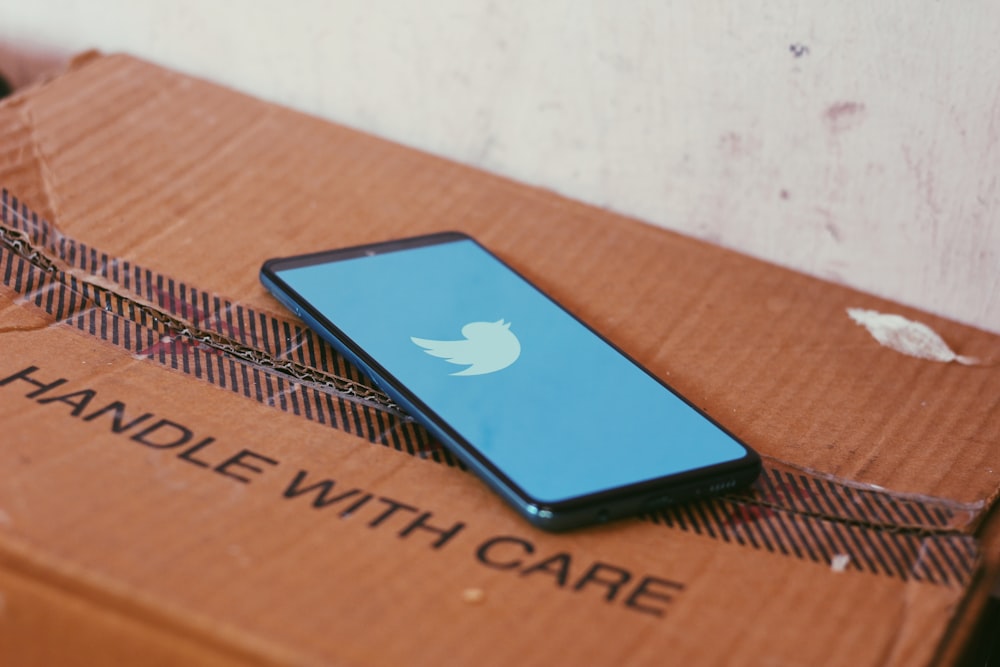Three futures for Twitter

Back in April, when the prospect of Elon Musk buying Twitter was taking shape, I wrote a long post about social media, blogging, and the political saturation of everyday life. At the time I suggested that buying Twitter was unlikely to be a good investment for the price, that a lack of “free speech” is far from the biggest problem with the app, and that “as much as I love Twitter, I’m not convinced there’s any way to make it more than marginally better while still keeping what makes Twitter Twitter.”
Now that the deal has gone through, we’ll find out soon whether I was right about any of that. And since seemingly everyone is speculating about the future of Twitter right now, I won’t resist joining in. Here are three possible futures for how it might go. (I’m not assigning probabilities, but the fact that I’m working on a new platform is a sign of how I’m thinking about the odds.)
Twitter, but better
Twitter’s planned (I use that word charitably) rollout of new fees to subscribe to Twitter Blue and keep one’s blue check has been chaotic. It started with reports that the service would cost $20 per month, which I can only assume was leaked to the press by employees in an effort to demonstrate what a ludicrous ask that was. It’s now down to $8 a month.
Is that a reasonable price? It depends on what you get for it. Usually when you offer a new subscription service, you first plow resources into building up value. Disney Plus launched with entire universes of content; writers launch newsletters with a history of solid work and free posts to prove their worth. Musk seems to be going about this backwards, urging users to subscribe now with the vague promise of benefits in the future. That’s a weird business proposition and users are understandably skeptical.
But still, a shift toward aiming to get more revenue from user fees also creates incentives to improve the experience of being on Twitter, which the platform needs to do. It’s certainly possible to imagine new features that would be worth paying for. Musk has floated a few ideas, the only one of which I personally find compelling would be a bypass for publication paywalls. (And this, like full self-driving and Hyperloops, remains just that: an idea.)
My optimistic case for Twitter would be that it needs shaking up, that putting effort into improving services for paid subscribers could yield good results, and that Musk is a talented entrepreneur who has succeeded in other unlikely endeavors. Maybe he can pull it off. (But how to do that while also doing massive layoffs and cutting infrastructure costs? Seems hard!)
Twitter morphs into something new
Many observers have noted that there’s a tension between Musk’s desire to make Twitter a “town square” with mostly unrestricted speech and the company’s need to make money from advertisers. People say a lot of vile things on the internet that advertisers don’t want anything to do with. Musk seems to be learning this the hard way, lamenting today that “Twitter has had a massive drop in revenue,” which he blames on activists “trying to destroy free speech in America.” An alternative explanation is that it’s just a rational response from advertisers to his antics as CEO and rough economic conditions.
Musk might eventually decide that he wants ad revenue more than he wants to keep Twitter basically the same but with more racists, grifters, and lunatics. And the company, if not Musk personally, does need money. The New York Times reports that “he loaded the company with $13 billion in debt, putting it on the hook to pay more than $1 billion annually in interest alone.” This for a company that in most years has not turned a profit. In this situation, it may more sense to take a shot at radically reinventing Twitter than to just tinker with the core services. The NYT mentions paid direct messages to celebrities, paywalled videos, and bringing back Vine as several options. It could also get into payments or try to be more like WeChat. Anything could happen.
Most of the commentary on the acquisition is written by journalists who have a particular view of Twitter as a place to follow writers and public figures and to shape the discourse. It’s useful for that, but that’s not the only way people use the app and it might not be its most profitable way forward. Maybe it will become more about celebrities, influencers, and videos. Looking at the massive growth of Tiktok, that has to be a tempting option: pivot to video, but successfully.
This would mark a failure of sorts for the Twitter many of us love (or love to hate), but it might be Twitter’s best bet financially. However it also risks alienating users; Facebook and Instagram are demonstrating how hard it is to reinvent an app without making it worse. And again, how do you do this while cutting costs and laying off thousands of employees? Musk has his work cut out for him.
Twitter fails
Then there’s third option: Twitter fails for real. Friendster, MySpace, Orkut, Digg, LiveJournal, the blogosphere… they were all great while they lasted, but they didn’t last forever. Network effects make Twitter hard to compete with because people want to be where their network is. But if that network starts to unravel, it can happen fast. Musk’s acquisition has made users’ existing desire for an alternative to the “hellsite” more vocal and there’s arguably been no better time in years to try to build competing platforms and take that energy elsewhere.
Maybe this is Twitter’s time. Maybe the critics and haters aren’t underestimating Musk. Maybe he really did spend $44 billion on a social network that was already struggling only to drive it into the ground more rapidly. I don’t have the hubris to say this is the most likely outcome, but it’s possible that the best innovations in social media that come from Musk buying Twitter will be the new communities that arise to take its place.
Book reviews
I’ve got a couple new book reviews at the Examiner. Both books were right in my wheelhouse. First up is cultural anthropologist Grant McCracken’s Return of the Artisan, which chronicles the rise in prestige for artisanship and how that’s durably changing the way eat, drink, work, and consume. Next is Joshua Knelman’s Firebrand, an inside look at the contemporary cigarette industry through the confessions of a Big Tobacco lawyer. They’re both fairly quick reads and I think you’ll enjoy them even if you’re not immersed in the subjects.
Green with envy
If you know me well, you know I love Chartreuse. You may have also noticed that bottles of the liqueur have been a little harder to come by lately. I wrote about what’s going on for Inside Hook. The bad news: supply is down and the Carthusian monks who make it have no intention of making more. The good news? They are finally exporting the highest-proof version, known in France as “Élixir Végétal,” to the United States. I’ve yet to snag a bottle but I’m eagerly looking forward to finding one.
Dealer’s choices
To listen: Man, I love the new album from Plains, the duo of Katie Crutchfield of Waxahatchee and Jess Williamson. The two lean into their country roots and the collaboration works phenomenally well. I was fortunate to catch them in Portland and even though it was only their second show ever together, it’s one of the best I’ve seen all year. This is music to listen to with the windows down and the volume up. The show-stealer is the breakup number “Abilene,” though there’s no picking a favorite track.
To drink: It’s been a while since I mixed with beer, but recently I got together with my friends at Upright Brewing and Bad Habit Room to collaborate on a night of beer cocktails. For one of them we used beer in a subtle way, taking a stout from Upright and using it in place of water to make a demerara syrup for a mezcal old-fashioned. It turned out really well, layering roasty chocolate notes on top of the mezcal’s smokiness, all accented with a touch of spice from Ancho Reyes chili pepper liqueur.
Here’s how to make it:
2 oz mezcal
1/4 oz Ancho Reyes liqueur
1/4 oz stout syrup*
2 dashes Angostura bitters
1 dash chocolate bitters
grapefruit peel, for garnish
Stir ingredients with ice and strain over a large ice cube. Garnish with a strip of grapefruit peel.
*To make the stout syrup: Combine 2 parts demerara sugar and 1 part stout. Heat gently on a stove and stir until the sugar is dissolved. Let cool and store refrigerated.

